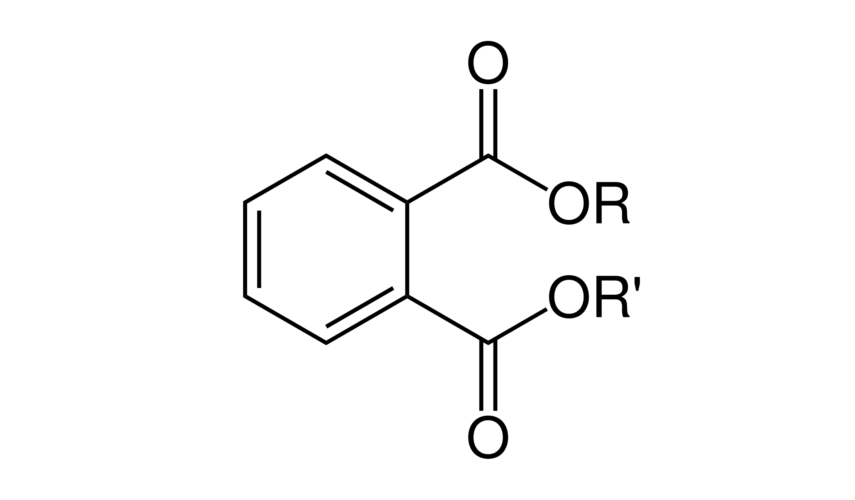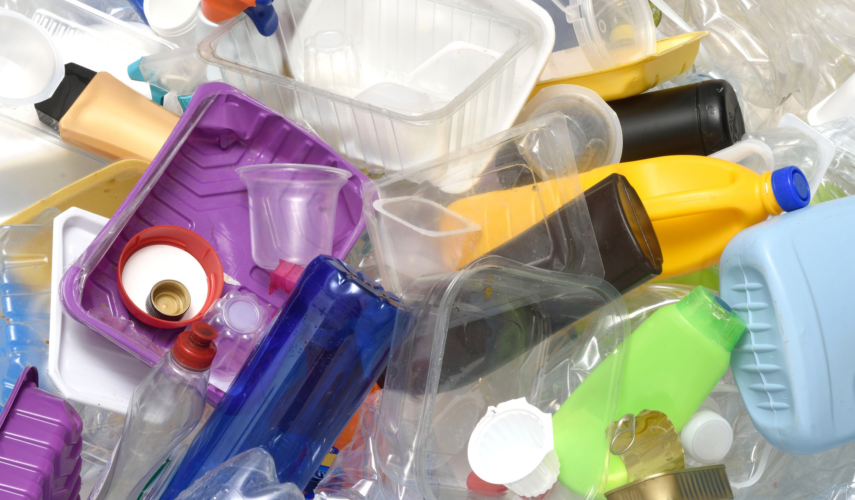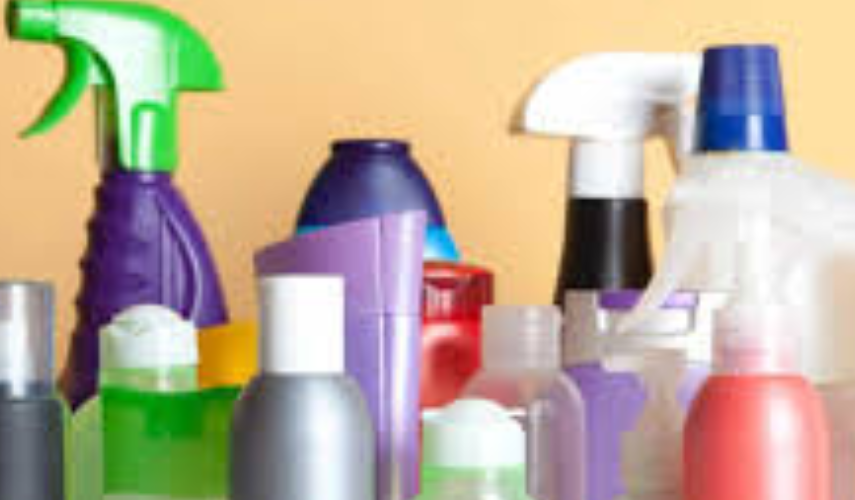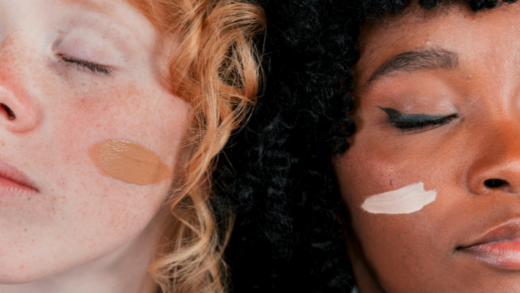Phthalates are a group of chemicals used in the manufacturing of plastics, vinyl, and other materials to increase flexibility, durability. They are also used as solvents, emulsifiers, and fixatives in a wide range of
- consumer products,
- including cosmetics,
- fragrances,
- food packaging,
- toys.
While phthalates make products more useful and appealing, they are also linked to a host of health problems, including reproductive disorders, endocrine disruption, and developmental abnormalities.
In this article, we’ll understanding phthalates, explore the impact of phthalates on our health and the environment, how to identify products containing these chemicals, and practical steps you can take to reduce your exposure.
The Impact of Phthalates:

Phthalates are known endocrine disruptors, which means they interfere with the hormone system in humans and animals. Exposure to phthalates is linked to a variety of health problems, including infertility, breast cancer, asthma, obesity, and developmental disorders. These chemicals are also associated with lower IQ, attention deficit disorder, and other cognitive problems in children. Phthalates can enter the body through inhalation, ingestion, and skin contact. They can accumulate in tissues and organs over time. So, we understanding the impact of phthalates.
Identifying Phthalates in Products:

Phthalates are not always listed on product labels, so it can be challenging to identify them. However, you can look for certain clues to determine whether a product contains phthalates. For example, if a product has a strong chemical smell or is heavily scented, it may contain phthalates. Similarly, if the product is made of vinyl or plastic, it is likely to contain phthalates. You can also check the product packaging for recycling codes, such as 3, 6, or 7, which may indicate the presence of phthalates.
Reducing Exposure to Phthalates:

There are several steps you can take to reduce your exposure to phthalates. These include:
- Choose phthalate-free products: Look for products that are labeled as “phthalate-free” or “fragrance-free.”
- Avoid vinyl and plastic products: Choose glass, stainless steel, or other non-plastic alternatives whenever possible.
- Use natural cleaning and personal care products: Many conventional cleaning and personal care products contain phthalates, so choose natural or organic alternatives.
- Wash your hands frequently: Since phthalates can accumulate on the skin, washing your hands regularly can help reduce exposure.
- Keep your home well-ventilated: Phthalates can be released into the air, so keeping your home well-ventilated can help reduce your exposure.
FAQs:
Q: Are all phthalates harmful?
A: Not all phthalates are equally harmful. Some types of phthalates are more toxic than others, and the level of risk depends on the amount and duration of exposure.
Q: Can I reduce my exposure to phthalates by avoiding certain foods?
A: Phthalates are not intentionally added to food, but they can be present in food packaging and processing equipment. Choosing fresh, unprocessed foods and avoiding plastic containers can help reduce your exposure.
Q: Are there any regulations on phthalates in products?
A: In the US, the Consumer Product Safety Commission (CPSC) regulates the use of phthalates in children’s toys and childcare articles. However, there are currently no federal regulations on phthalates in other consumer products.
Q: Can I detox my body from phthalates?
A: While it is not possible to completely eliminate phthalates from your body, you can reduce your exposure and support your body’s natural detoxification processes by eating a healthy diet, exercising regularly, and staying hydrated.
Q: Are there any long-term health effects of phthalate exposure?
A: Long-term exposure to phthalates is linked to a range of health problems, including reproductive disorders, endocrine disruption, and developmental abnormalities. Some studies have also linked phthalate exposure to cancer and autoimmune disorders.
Conclusion:
Phthalates are a hidden danger in everyday life, and their impact on our health and the environment is a cause for concern.
While it is difficult to avoid phthalates entirely, there are practical steps you can take to reduce your exposure and protect your health. By choosing phthalate-free products, avoiding vinyl and plastic, using natural cleaning and personal care products, washing your hands frequently, and keeping your home well-ventilated, you can minimize your exposure to these harmful chemicals. As consumers, we have the power to demand safer products and a healthier environment for ourselves and future generations.
Now you can understanding phthalates.






















